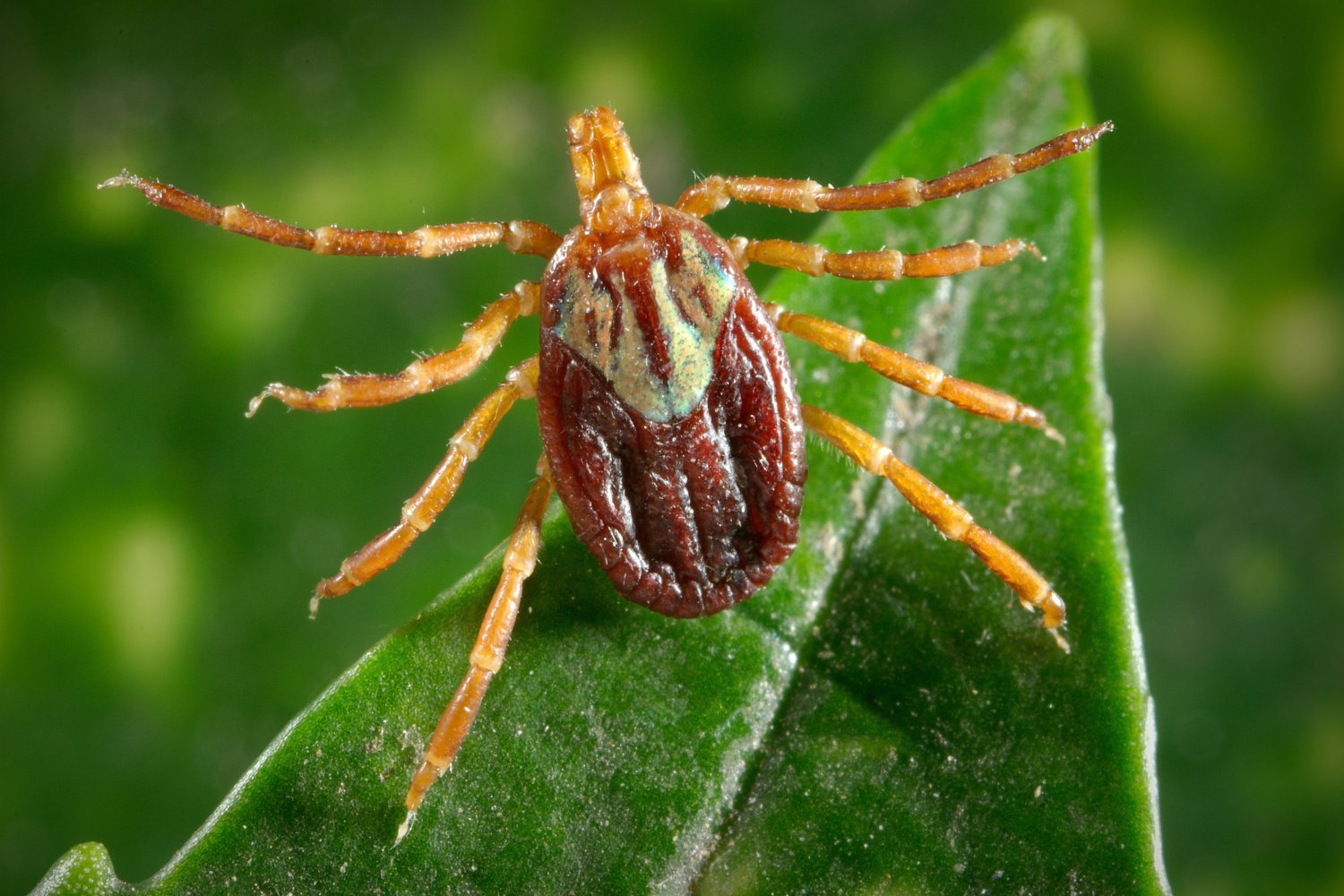A recent study has confirmed the first human case of Rickettsia parkeri infection in Connecticut and the Northeastern United States. This tick-borne bacteria, previously confined to the Gulf Coast, is spreading northward, raising public health concerns. While Lyme disease remains the most prevalent tick-borne illness, the emergence of R. parkeri signals a growing threat.
Expanding Range of Tick-Borne Diseases
Tick-borne illnesses pose an increasing public health challenge. Rickettsia bacteria cause various infections, including Rocky Mountain spotted fever (RMSF). Typical RMSF symptoms include fever, headache, and rashes originating on the wrists and ankles, potentially spreading across the body. Severe cases can lead to organ damage if left untreated. R. parkeri infections present similar but milder symptoms, making early diagnosis difficult.
The Gulf Coast tick (Amblyomma maculatum), the primary vector of R. parkeri, has established populations in Connecticut, New York, and New Jersey. A 2021 study revealed that approximately 30% of Gulf Coast ticks in Connecticut carried R. parkeri, although no human infections were reported at the time. Researchers predicted the eventual emergence of human cases.
A Timely Diagnosis and Intervention
In August 2023, a 29-year-old woman in Fairfield County, Connecticut, discovered a tick on her neck after visiting a beach. The tick, identified as a Gulf Coast tick, was initially not tested for pathogens. However, upon learning of the patient’s deteriorating health, researchers tested the tick and confirmed the presence of R. parkeri. Subsequent blood tests confirmed the woman’s infection. Prompt treatment with appropriate antibiotics led to her swift recovery.
Contributing Factors to the Spread
The expansion of R. parkeri and other tick-borne diseases is attributed to several factors. Habitat restoration, particularly grasslands favored by the Gulf Coast tick, plays a role. Climate change is a significant driver, enabling both native tick species to move north and invasive species like the Gulf Coast tick to thrive in newly suitable environments. Migratory birds likely introduced these ticks to the Northeast, and milder winters facilitate their survival.
Increased Surveillance and Research Efforts
Local and federal agencies are intensifying efforts to study, track, and mitigate the tick invasion. Ongoing research aims to understand the spread of R. parkeri and other tick-borne illnesses, including the rising incidence of red meat allergy linked to tick bites. While not all invasive tick species establish local populations, the successful establishment of the Gulf Coast tick underscores the need for continued vigilance.
Prevention and Detection: Protecting Yourself from Tick-Borne Illnesses
Residents of the Northeast and other tick-prone areas must prioritize tick prevention and detection. Recommended measures include using EPA-approved repellents, wearing long-sleeved clothing in wooded or grassy areas, and thoroughly checking for ticks after outdoor activities. Saving ticks for identification is crucial for accurate diagnosis and treatment of potential infections. Recognizing the presence of invasive tick species and their associated diseases is essential for effective healthcare management. Tick identification empowers individuals and physicians to assess infection risks and determine appropriate treatment strategies.











